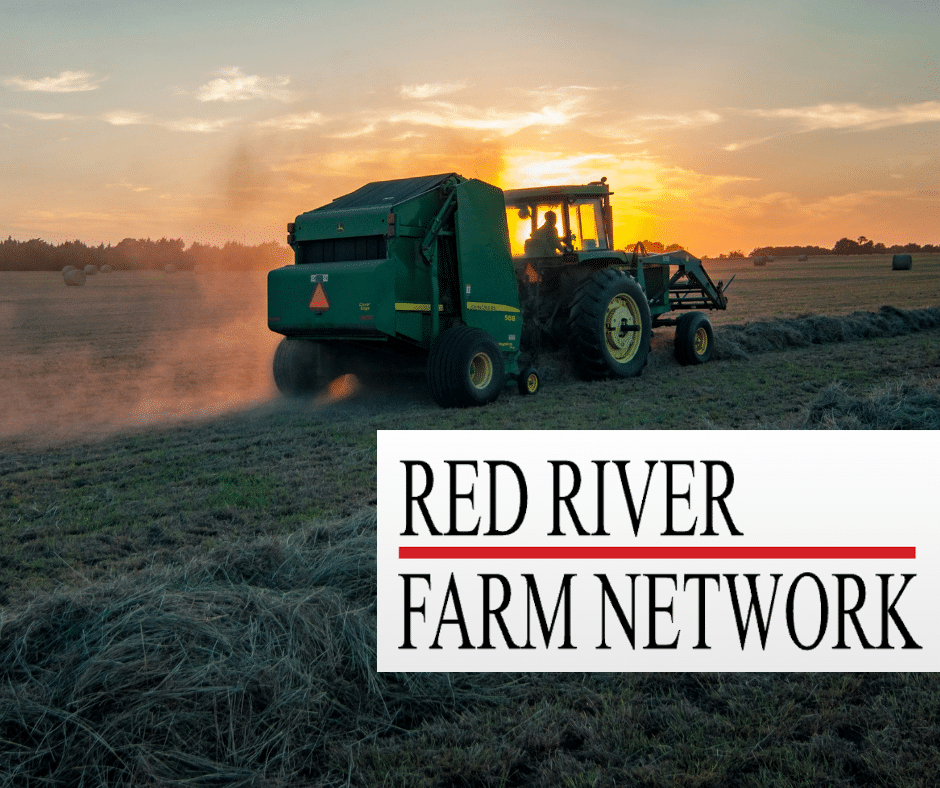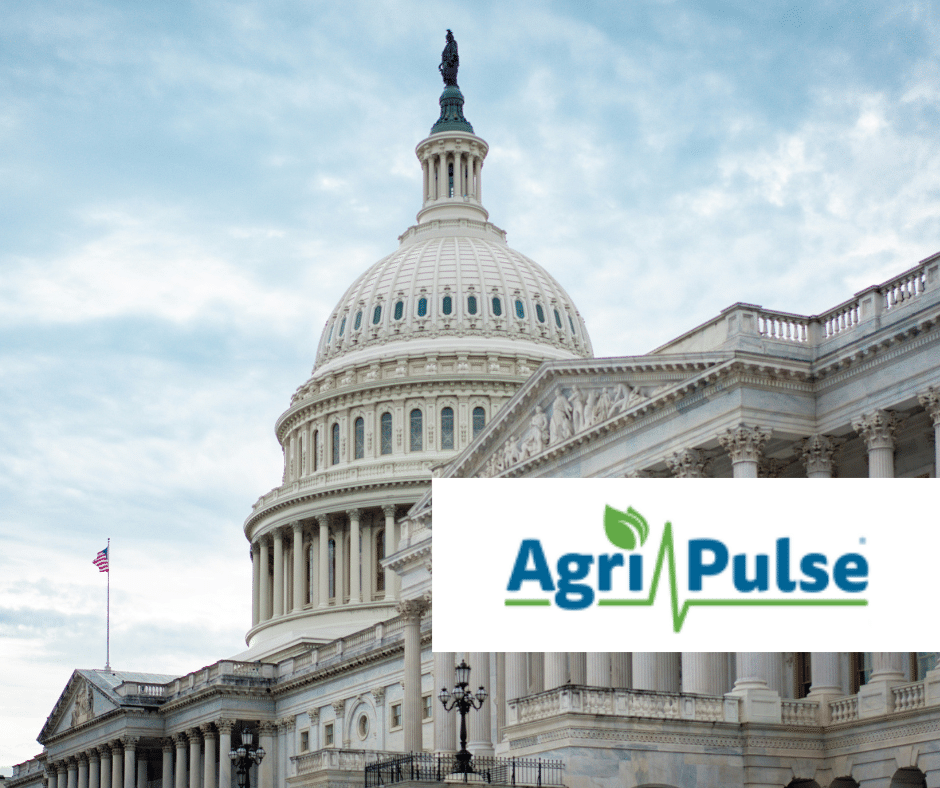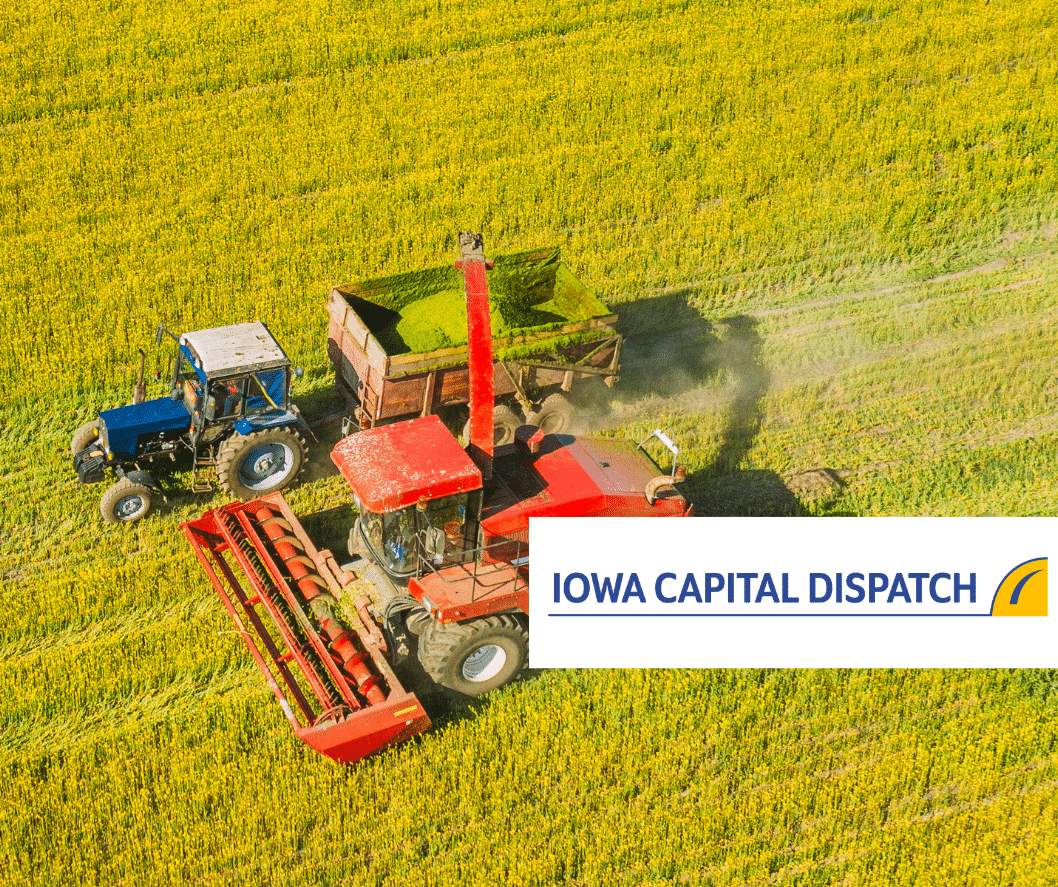Deep Dive: Climate Change & Agriculture
Agriculture subsidies take many forms – from direct spending in U.S. Department of Agriculture (USDA) programs to crop insurance
subsidies to governmental mandates and purchases intended to increase crop prices and subsidize farm incomes. While many agricultural practices contribute to climate change, the sector is uniquely positioned to be a partial solution to this pressing problem. Through increased adoption of conservation practices, deployment of efficiency-improving technologies, and targeted public investments, agricultural greenhouse gas emissions can be greatly reduced.
As a whole, however, the current farm safety net discourages investment in smart conservation practices that promote climate and financial resilience. If federal farm programs like crop insurance and ad hoc disaster aid are not reformed to promote pre-disaster resilience instead of post-disaster payments, there will be little incentive for agricultural interests to invest in practices that combat climate change.
Increasing federal spending on climate mitigation research, conservation technical assistance outreach to farmers and ranchers, and targeted climate-related investments in effective farm bill conservation programs are worth pursuing. But increased spending alone cannot curtail agriculture’s climate damages or harness its potential as a solution.
Washington must also reorient federal farm programs to promote innovation and resilience instead of dependence on federal subsidies. Coupling farm safety net supports to improved conservation investment and performance will help reverse the current incentive structure that promotes practices that damage the environment, increase climate risks, and make farmers more dependent on federal subsidies.
Real progress on climate takes more than dollars, it also requires change.
Want to know more about Climate Change & Agriculture?
We’ve been talking about this topic for a long time. Explore our deep archive of material below.






